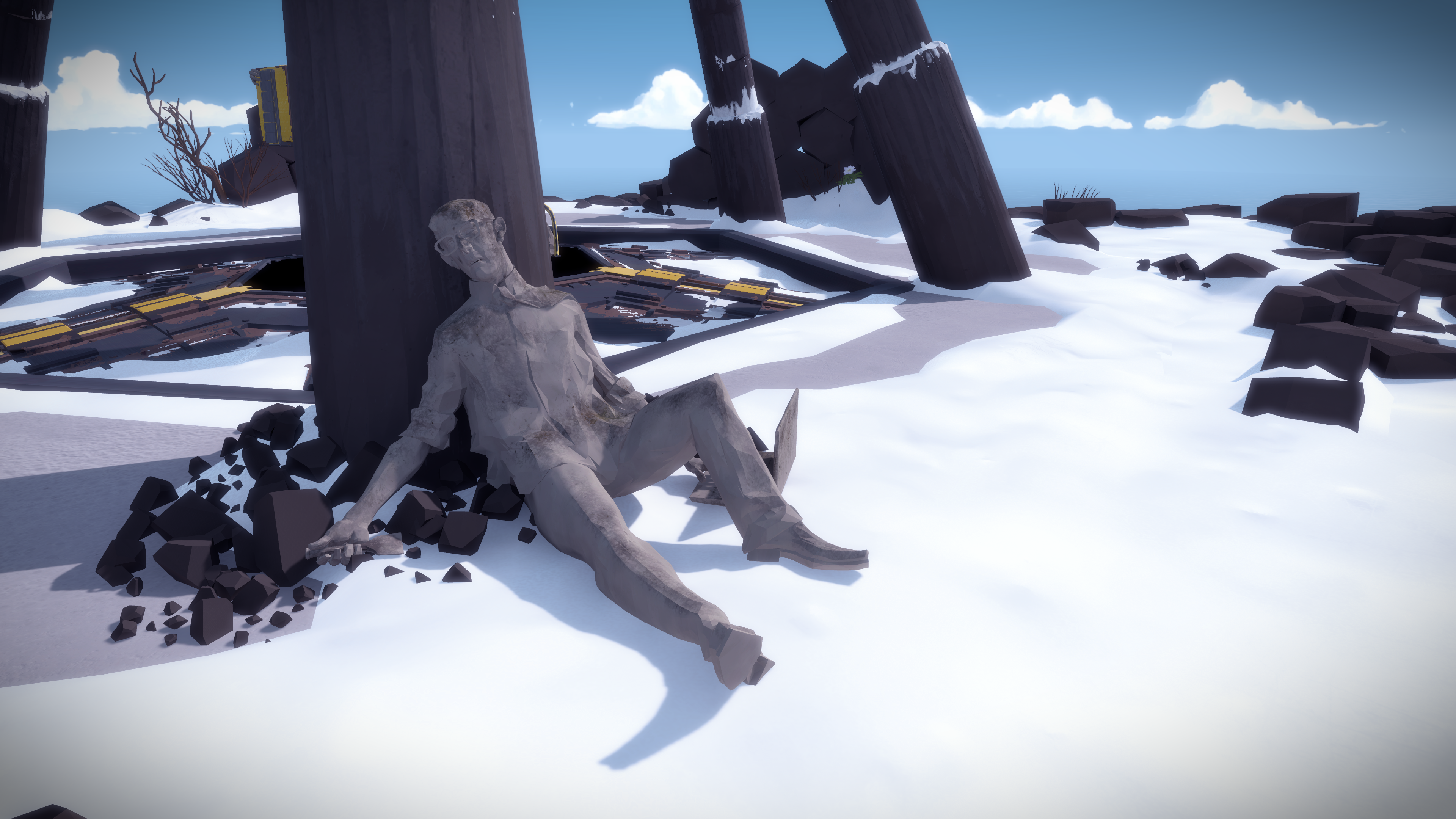NASAis unraveling Io's volcanic secrets.
The Daughter in law Who Passed Out From Her Father in law’s Big Manhoodspace agency's Juno spacecraft has been swooping progressively closer to Jupiter's profoundly volcanic moon Io, and its observations reveal the full scope of this lava world's volcanoes. Juno, with instruments that both capture rich imagery and measure heat emanating from the moon's surface, flew over Io's little-known poles in recent years, giving planetary scientists views of these volcanoes — and bringing them closer to an understanding of what's transpiring beneath Io's tortured surface.
"It is the purest form of discovery," Ashley Davies, a planetary scientist at NASA's Jet Propulsion Laboratory who researches Io, told Mashable. "We're seeing things that we have never seen before."
Davies led the new research, which was published in the science journal Nature Astronomy.
SEE ALSO: NASA spacecraft keeps on going faster and faster and fasterIo is blanketed in erupting volcanoes because it's relentlessly locked in a tug-of-war between nearby objects. "Not only is the biggest planet in the solar system [Jupiter] forever pulling at it gravitationally, but so are Io’s Galilean siblings — Europaand the biggest moon in the solar system, Ganymede," NASA explained. "The result is that Io is continuously stretched and squeezed, actions linked to the creation of the lava seen erupting from its many volcanoes."
You can view the vigorous activity in both the north and south poles, detected by Juno's heat-detecting JIRAM instrument, in the image below. The images (a) and (b) show hot spots and volcanoes in the south polar region overlaid over a detailed image of Io; (c) and (d) show hot spots and volcanoes in the north polar region.
The volcanoes on the poles are smaller than those in the lower latitudes, the researchers found, but it's clear there's lively volcanic activity all over Io. Scientists have found 266 active hot spots.
"We can now see the entire elephant," Davies said.
 The red, yellow, and white spots show areas of heat emanating from Io's surface. The images (a) and (b) show the south polar region; (c) and (d) show the north polar region. Credit: NASA / JPL-Caltech / SwRI / ASI / INAF / UArizona / LPL / Jason Perry
The red, yellow, and white spots show areas of heat emanating from Io's surface. The images (a) and (b) show the south polar region; (c) and (d) show the north polar region. Credit: NASA / JPL-Caltech / SwRI / ASI / INAF / UArizona / LPL / Jason Perry  A graphic showing how Juno's more recent orbits around Jupiter are bringing the spacecraft closer to Io. Credit: NASA / JPL-Caltech / SwRI
A graphic showing how Juno's more recent orbits around Jupiter are bringing the spacecraft closer to Io. Credit: NASA / JPL-Caltech / SwRI Yet even with a complete view of Io's volcanoes, an intriguing geologic question remains: Is there a grandiose global sea of magma swirling beneath Io's surface? Or, perhaps, is the lava pouring onto the moon largely created by a process more similar to Earth's, whereby a great amount of heat flow is created below the hard crust (in the upper mantle), which ultimately gives rise to regions where magma erupts onto the surface?
"That's the big question," Davies noted.
Soon enough, NASA and other Io researchers may get more answers. At the end of 2023, the Juno spacecraft will swoop closer to Io than any mission before it, coming within 930 miles, or 1,500 kilometers, from the Jovian moon. That's quite close: The Hubble telescope orbits just around 332 miles above Earth. If Juno's instruments work well, the spacecraft may beam back some exquisite images of Io, a snapshot of activity on the most volcanically active world in our solar system.
"We can now see the entire elephant."
It's possible we'll see lakes of lava. Or lava flowing from volcanoes.
Want more scienceand tech news delivered straight to your inbox? Sign up for Mashable's Light Speed newslettertoday.
But the craft will be traveling through harsh environs during such close passes, where it will be exposed to profoundly high levels of radiation — the type that could damage Juno's instruments. In 2022, a radiation spike during an Io fly-by caused the loss of some images.
"I'm fascinated by this place. This place blows my mind," Davies said. "You keep your fingers crossed that everything works."
 Ireland fines TikTok $600 million for sharing user data with China
Ireland fines TikTok $600 million for sharing user data with China
 On Elizabeth Gaskell’s “The Poor Clare”
On Elizabeth Gaskell’s “The Poor Clare”
 Jonathan Blow Discusses His New Game, “The Witness”
Jonathan Blow Discusses His New Game, “The Witness”
 On Lesley Blanch and Women Travel Writers
On Lesley Blanch and Women Travel Writers
 Best Hydro Flask deal: Save $10 on a 24
Best Hydro Flask deal: Save $10 on a 24
 Let Me Entertain You: The Best Books About Throwing Parties
Let Me Entertain You: The Best Books About Throwing Parties
 One Percent: Geoff Dyer on Photos of Income Inequality
One Percent: Geoff Dyer on Photos of Income Inequality
 What Makes Sad Songs Sad?
What Makes Sad Songs Sad?
 Best iPad deal: Save $132 on Apple iPad (10th Gen)
Best iPad deal: Save $132 on Apple iPad (10th Gen)
 The Worst Thing for Writing Is Envy
The Worst Thing for Writing Is Envy
 Robin Triumphant
Robin Triumphant
 Win a Free Copy of John O’Hara’s “Pal Joey”
Win a Free Copy of John O’Hara’s “Pal Joey”
 Sixty Years of The Paris Review’s Design: A History
Sixty Years of The Paris Review’s Design: A History
 Things People Do: Four Paintings by Mernet Larsen
Things People Do: Four Paintings by Mernet Larsen
 Today's Hurdle hints and answers for May 9, 2025
Today's Hurdle hints and answers for May 9, 2025
 When the Used Book Salesman Insults Your Harlequin Romances
When the Used Book Salesman Insults Your Harlequin Romances
 Writing Advice from S. J. Perelman
Writing Advice from S. J. Perelman
 Writing Advice from S. J. Perelman
Writing Advice from S. J. Perelman
 Operation Mensch
Operation Mensch
 Forman Brown and Albert Einstein’s Marionette
Forman Brown and Albert Einstein’s Marionette
Sliding into Patricia Lockwood’s DMsThe Storyteller of TangierCES 2024: Oh! vibrator looks — and acts — like a remoteStaff Picks: Forms, Flounder, and Funerals by The Paris ReviewThe Storyteller of TangierRedux: All of This Was Out of Season by The Paris ReviewCES 2024: This wacky Lenovo laptop lets you attach a tablet to the lidThe Power of the Kamoinge Workshop by The Paris ReviewWordle today: The answer and hints for January 11The Art of the Cover Letter by AIsn’t Black Representation What We Wanted?The Lioness of the Hippodrome by Susanna ForrestThe Most Appalling, Appealing Psychopaths by Lucy ScholesHome by Nadia OwusuStaff Picks: Land Mines, Laugh Tracks, and Ladies in Satin by The Paris ReviewAnd the Clock Waits So Patiently by Rebecca BengalCES 2024: You can now cast TikTok to your TVMore Primitive, More Sensual, More Obscene by Marina BenjaminStopping the VoidCES 2024: Clicks keyboard iPhone case hands A Week in Culture: Sadie Stein, Editor by Sadie Stein The Desert’s Daughters by Jenna Wortham Part 2: The Offer by Mark Van de Walle Work Frustrations; Social Climbing by Lorin Stein Hollywood icon Anna May Wong honored with her own Barbie Life Outside of Academia; Ghost Stories by Lorin Stein and Sadie Stein Elon Musk dusts off Periscope for a quick video session on Twitter Charles Hardin Holly; Clovis, New Mexico; May 27, 1957 by John Jeremiah Sullivan Musk's removal of legacy verified checkmarks did not drive Twitter Blue subscriptions Kate Beaton on ‘Hark! A Vagrant’ by Nicole Rudick Literary Halloween Costumes; Romantic Gestures by Lorin Stein 22 tweets for people who are sick and tired of Zoom calls America's dad Tom Hanks is very disappointed in you for not wearing a face mask in public Staff Picks: 'Rules of Civility,’ Scott’s Photographs by The Paris Review Here are the 13 best tweets of the week 'Quordle' today: See each 'Quordle' answer and hints for May 2 5 trends that shaped TikTok in 2020, so far Twitter keeps logging you out? What we know Brenda Shaughnessy’s “I’m Over the Moon” by Lorin Stein How to stop grieving over lost time after a breakup
1.9461s , 10132.6796875 kb
Copyright © 2025 Powered by 【Daughter in law Who Passed Out From Her Father in law’s Big Manhood】,Wisdom Convergence Information Network